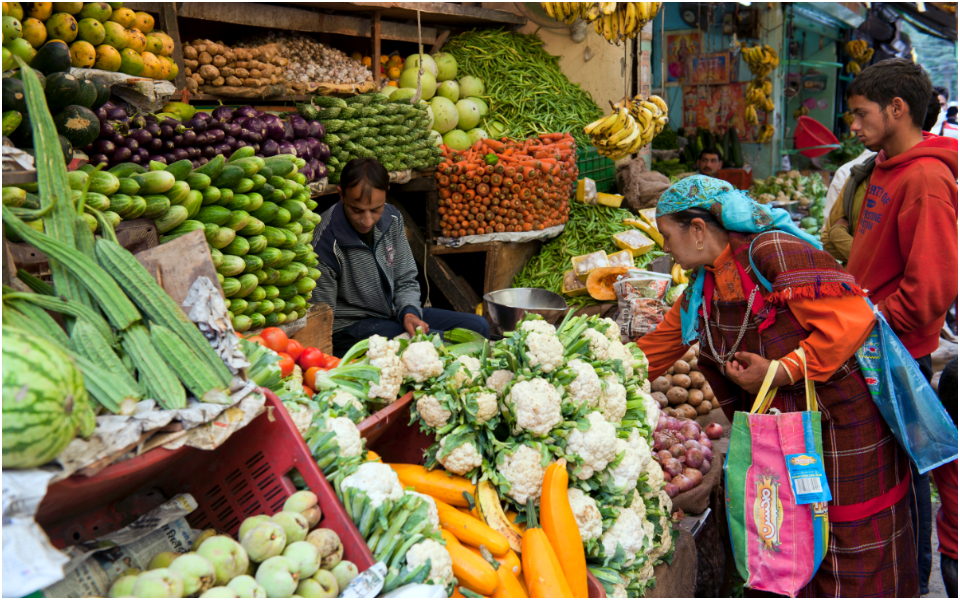
Retail inflation dips to 4.7% in April; why industrial production has slowed down and more

CPI inflation dips to an 18-month low
At 5.7 per cent in March and just behind predictions of 4.8 per cent, annual inflation in India plunged dramatically to 4.7 per cent in April 2023, the lowest figure since October 2021. The price of vegetables dropped by 6.5 per cent, oils and fats by 12.3 per cent, and meat by 1.2 per cent, offsetting increases in cereals by 13.7 per cent, milk by 8.9 per cent, and spices by 17.4 per cent, resulting in the lowest rate of food inflation since November 2021 of 3.84 per cent.
In addition, the cost of sugar and sweets was up by 1.9 per cent. Costs for miscellaneous items (4.9 per cent vs. 5.8 per cent), fuel and lighting (5.5 per cent vs. 8.9 per cent), and clothing and footwear (7.5 per cent vs. 8.2 per cent) decreased as well. While housing inflation remained constant (4.91 per cent vs 4.96 per cent), prices for food, cigarettes, and alcohol increased more quickly (3.5 per cent vs 3 per cent).
What it implies: This development could help the Reserve Bank of India to retain the repo rate for a further period. According to Morgan Stanley, interest rates will remain unchanged throughout 2023. Inflation based on the consumer price index (CPI), also known as retail inflation, has fallen from 7.8 per cent in April 2022 to 5.7 per cent in March 2023 and 4.7 per cent in April.
To combat inflation, the RBI has increased the repo rate it lends to banks by 250 basis points since May 2022. According to the data website Trading Economics, in India, the most critical category in the consumer price index is food and beverages (45.86 per cent of total weight), of which cereals and products is 9.67 per cent, milk and products (6.61 per cent), vegetables (6.04 per cent), prepared meals, snacks, sweets, etc. (5.55 per cent), meat and fish (3.61 per cent), and oils and fats (3.56 per cent).
Also read: Netflix income in India may be taxed by govt; Power consumption soars and more
The miscellaneous accounts for 28.32 per cent, of which transport and communication is 8.59 per cent, health (5.89 per cent), and education (4.46 per cent). Housing accounts for 10.07 per cent; fuel and light for 6.84 per cent; clothing and footwear for 6.53 per cent; and pan, tobacco and intoxicants for 2.38 per cent.
Consumer price changes in India can be very volatile due to dependence on energy imports, the uncertain impact of monsoon rains on its large farm sector, difficulties transporting food items to market because of its poor roads and infrastructure and high fiscal deficit. In 2013, the consumer price index replaced the wholesale price index (WPI) as a primary measure of inflation.
Index of industrial production falls to a five-month low
Growth in industrial output has slowed to 1.1 per cent in March, compared to 5.8 per cent in February.
What it implies: One of the reasons for the slowdown is that the market for industrial goods has become increasingly constrained over time as income inequality has increased. As a result, the purchasing power of most people has not only remained inadequate but has also shrunk substantially due to the massive increase in income disparity.
Byju’s raises ₹2,000 crore ($250 million) as debt
An Economic Times report has said that Byju’s has raised ₹2,000 crore round from Davidson Kempner Capital in a structured credit transaction against the cash flow of its test prep subsidiary Aakash Educational Services.
What it implies: Byju’s raising debt against the cash flow of its latest acquisition, Aakash Educational Services, at a flat valuation of $22 billion indicates the extent of stress the edtech company has been under that it had to resort to debt to fund its growth. The company has been rocked by the recent Enforcement Directorate search of its offices.
A month ago, one of its investors, BlackRock, cut the valuation of the edtech startup by nearly half to $11.5 billion.


